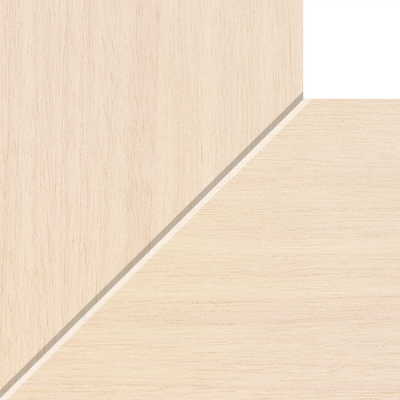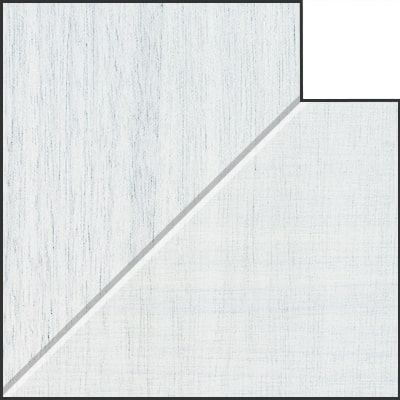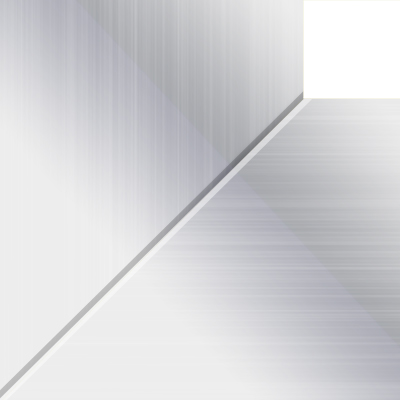The title, “nara nara” roughly translates as “if this were nara .…” Skyler’s acrylic paint, marker, chalk and crayon work sets the stage for a reflective critique of how a place's reputation can overshadow its appearance. Nara, known for its historical temples, shrines, and natural beauty, carries a strong cultural and historical significance, which likely influences visitors’ perception even before they arrive. This painting challenges that preconception, presenting a scene that might not directly correspond to any specific location in Nara, but rather evokes an impressionistic or imagined version of the city. Is it somewhere in Nara park, where are the deer? Is it a temple like Kōfuku-ji or Tōdai-ji or perhaps a shrine like Kasuga-taisha?
The blurred and abstracted figures suggest transient or ambiguous connections to place — they are not detailed individuals, reflecting how visitors or people can be seen as mere fleeting presences in a place defined by its mythos. The theme of perception versus reality is underscored by the loose, almost dreamlike quality of the composition, where one can almost sense the tension between what is expected and what is experienced when visiting a revered location.
The dominant green and blue hues evoke nature, a key characteristic of Nara's landscape. The darker, subdued palette contrasts with the lighter, more vibrant figures, drawing the eye to human activity and interaction. These colors contrasts could symbolize the clash between an idealized mental image of the city and the mundane reality of human experience.
The combination of paint, marker, and crayon creates a layered texture that complements the theme of multi-faceted perception. Crayon adds a childlike, raw touch to the scene, possibly symbolizing the naive or overly simplistic ways in which we perceive famous locations. The marker's more defined lines suggest efforts to "outline" or understand the space, yet even these lines remain loose and imperfect, implying the difficulty of capturing the true essence of the place.
Overall, the work seems to question not just how we view places like Nara, but how we process and interpret spaces more broadly. The mix of media and abstracted forms allows for a dynamic and layered exploration of well-known places.






















































.jpg&w=400&output=jpg&q=70)

